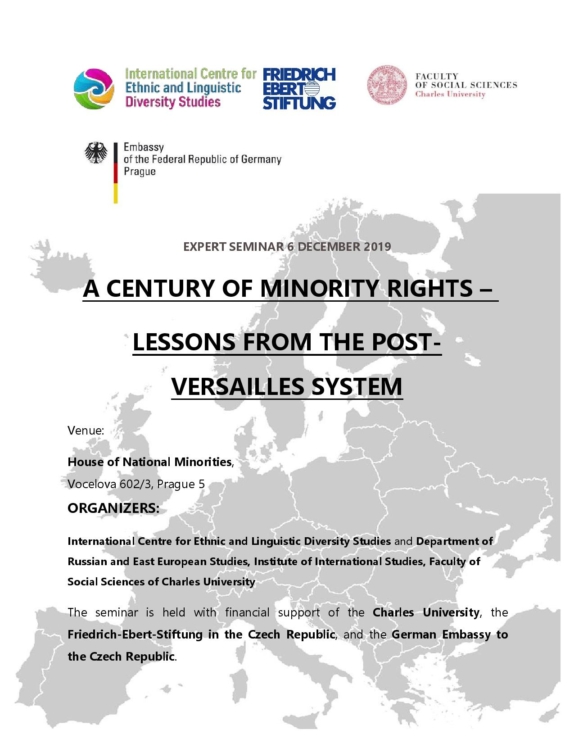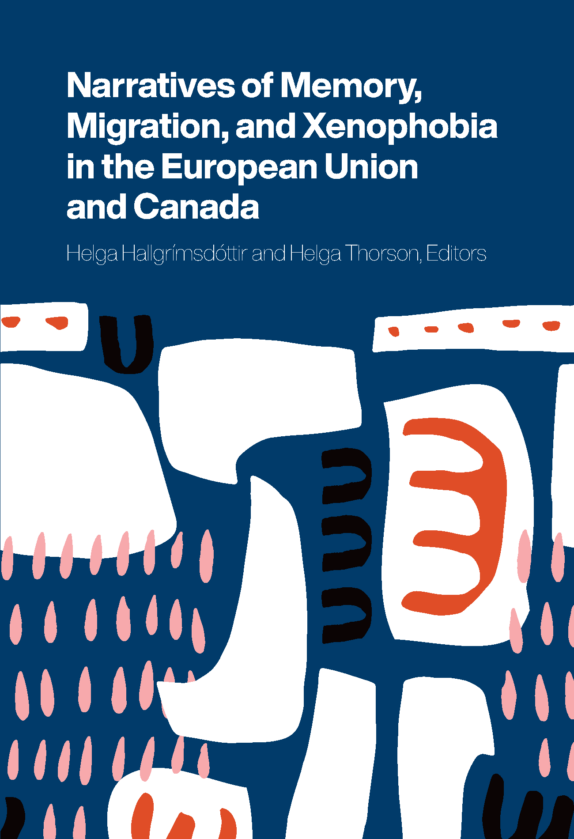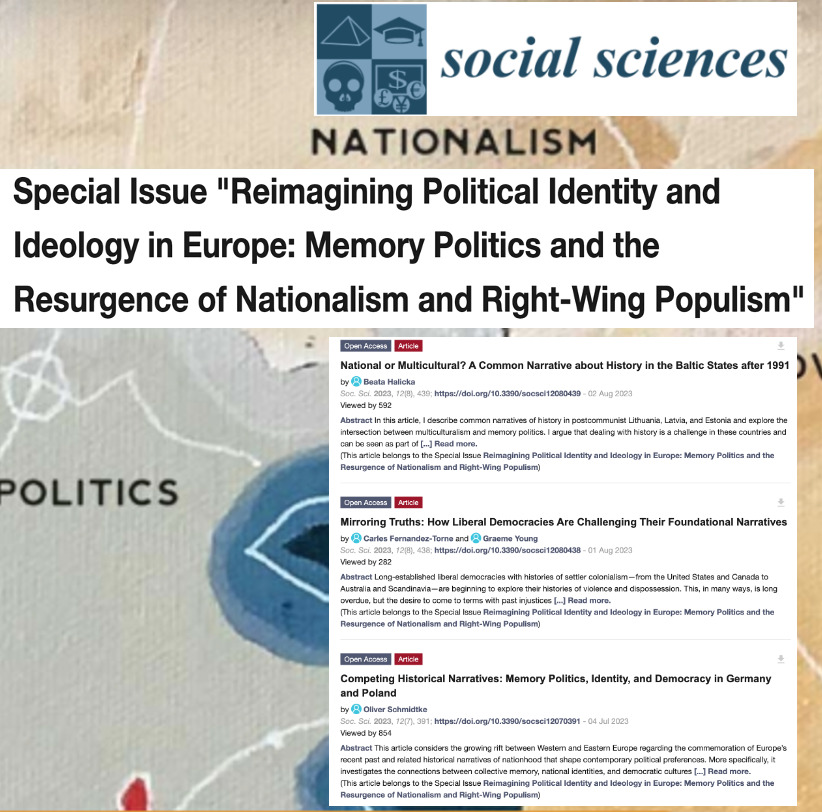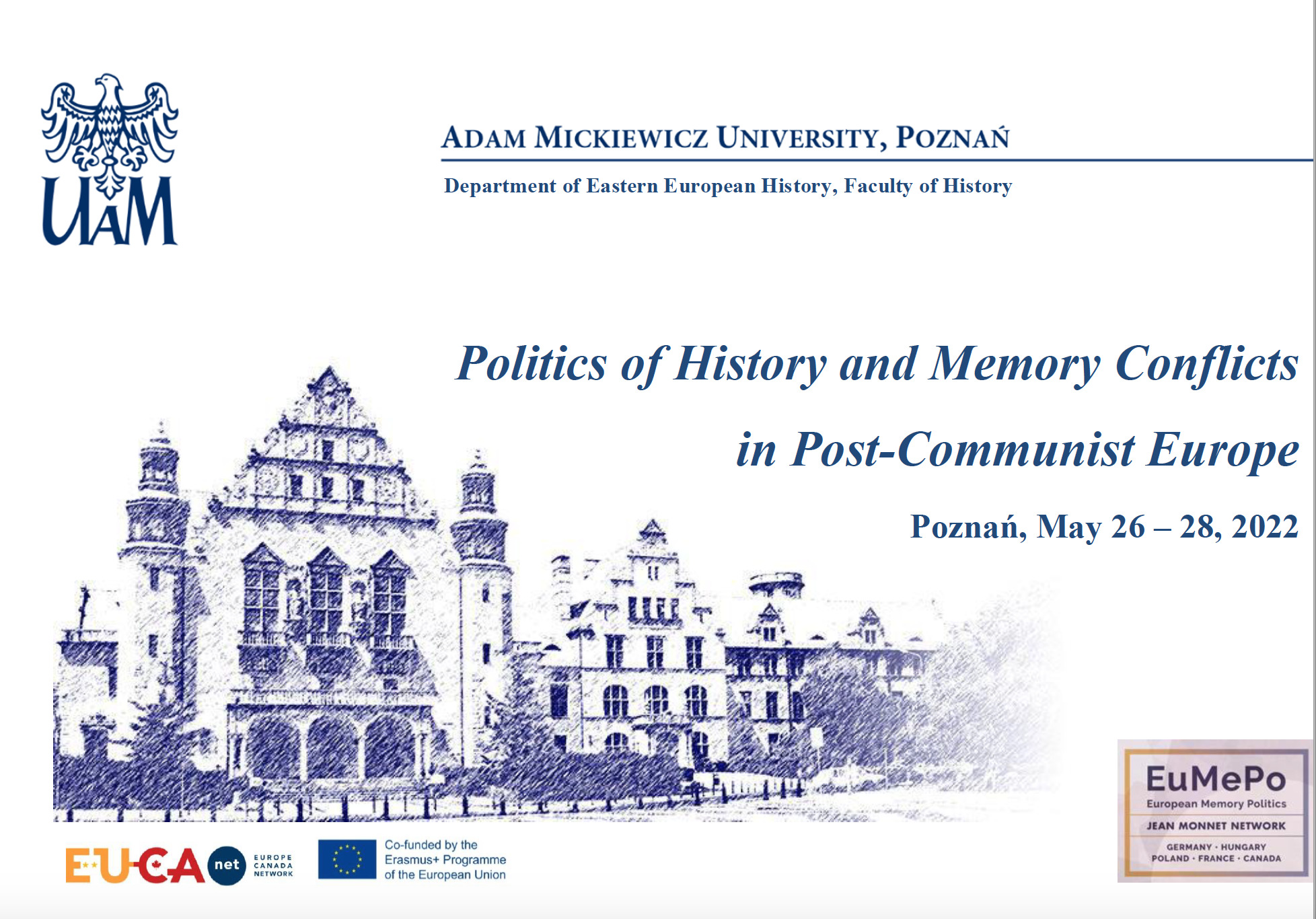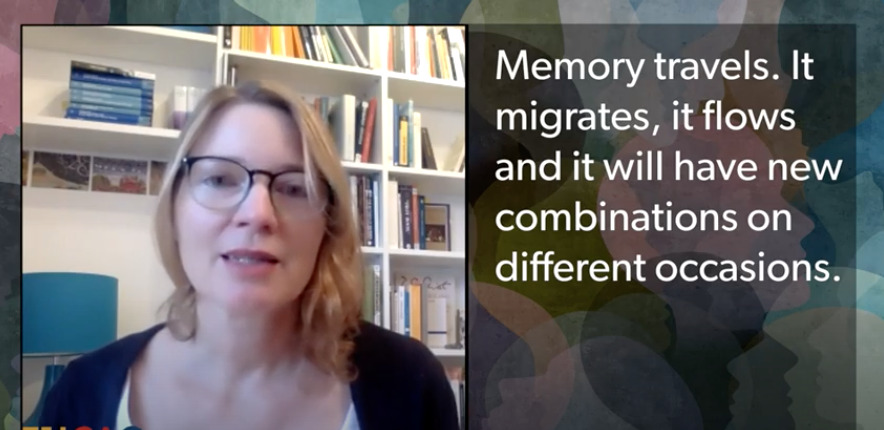Solving the Gordian Knot: the formation and evolution of minority protection regimes in Poland
Halicka, Beate (2020). Solving the Gordian Knot: the formation and evolution of minority protection regimes in Poland. In Hanna Vasilevich (ed.), A Century of Minority Rights – Lessons from the Post-Versailles System. (Prague).
This text is a part of the publication series based on the results of the expert Seminar “A Century of Minority Rights – Lessons from the Post-Versailles System“, organized by the International Centre for Ethnic and Linguistic Diversity Studies and the Department of Russian and East European Studies, Institute of International Studies (Faculty of Social Sciences of Charles University) with the financial support of the Charles University, the Friedrich-Ebert-Stiftung in the Czech Republic, and the German Embassy to the Czech Republic.
The legal protection of ethnic minorities was a significant issue following the First World War. Antisemitic pogroms in Odessa, Lvov (later Lwów) and Pinsk mobilized the western European and American Jewish diaspora to become actively engaged in legally guaranteeing basic rights to minorities. Today we often forget that these noble aims only found practical application to a limited degree. The signing of the Minority Treaties, (starting from the so-called Little Treaty of Versailles with Poland in June 1919) was imposed on the countries of central and eastern Europe as a precondition of finalizing the decisions of the Treaty of Versailles itself. However, the western European powers themselves did not feel duty-bound to declare respect for the minorities in their own countries. Neither Great Britain, not France signed such treaties, fearing the far-reaching consequences in their relations with the subjugated peoples in their respective colonies.
At the same time, all breaches of these rules met strident criticism in the international arena and were used for political ends. Insofar as what this peculiar policy of double standards looked like in practice, I will attempt to show this below based on the example of the situation in inter-war Poland and its relations with its German minority. The ethnic relations presented in a later section in the context of the Second World War and the post-war years are meant to supplement this picture and outline the question of how states dealt with observing minority rights over a longer perspective.
